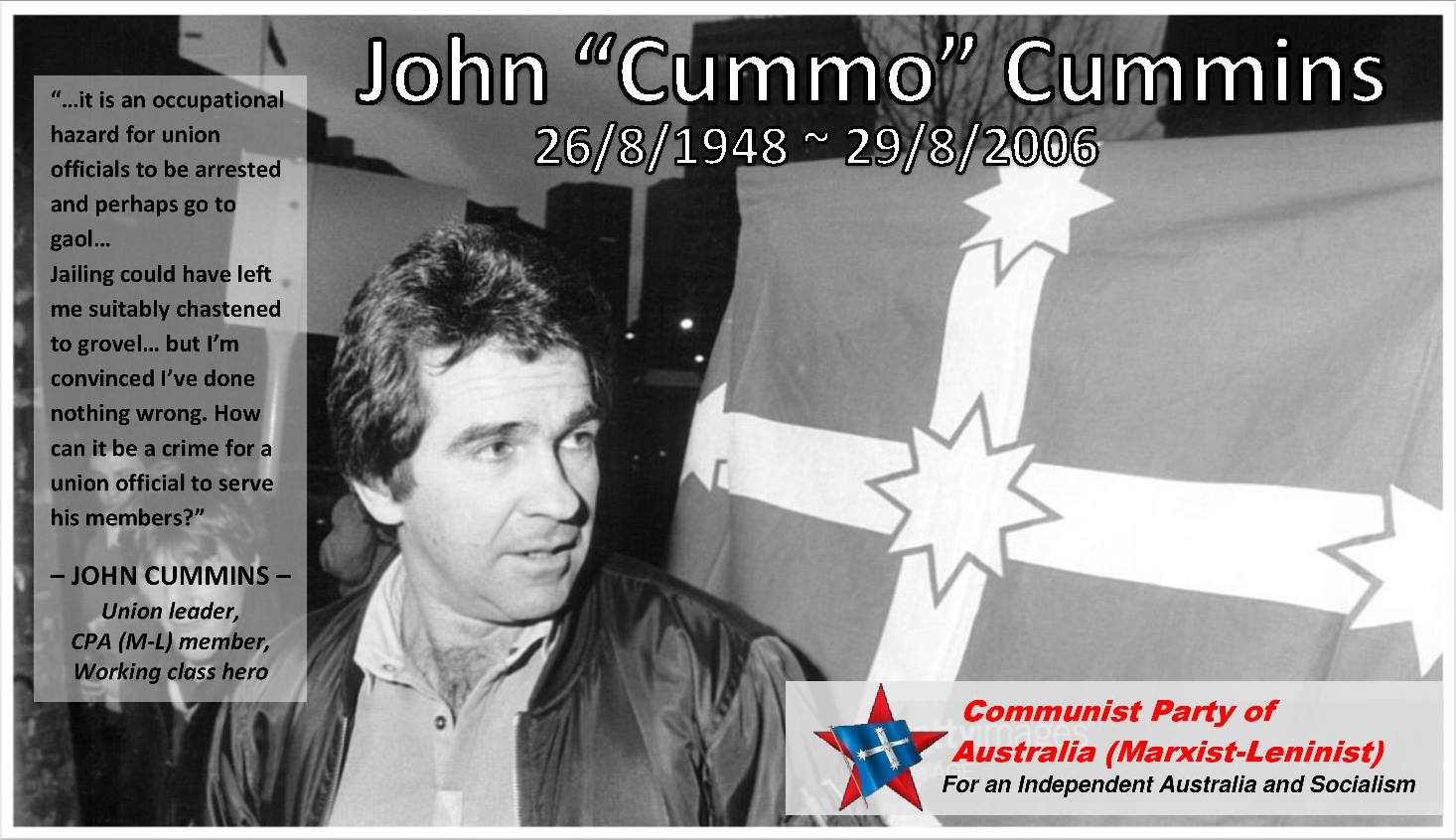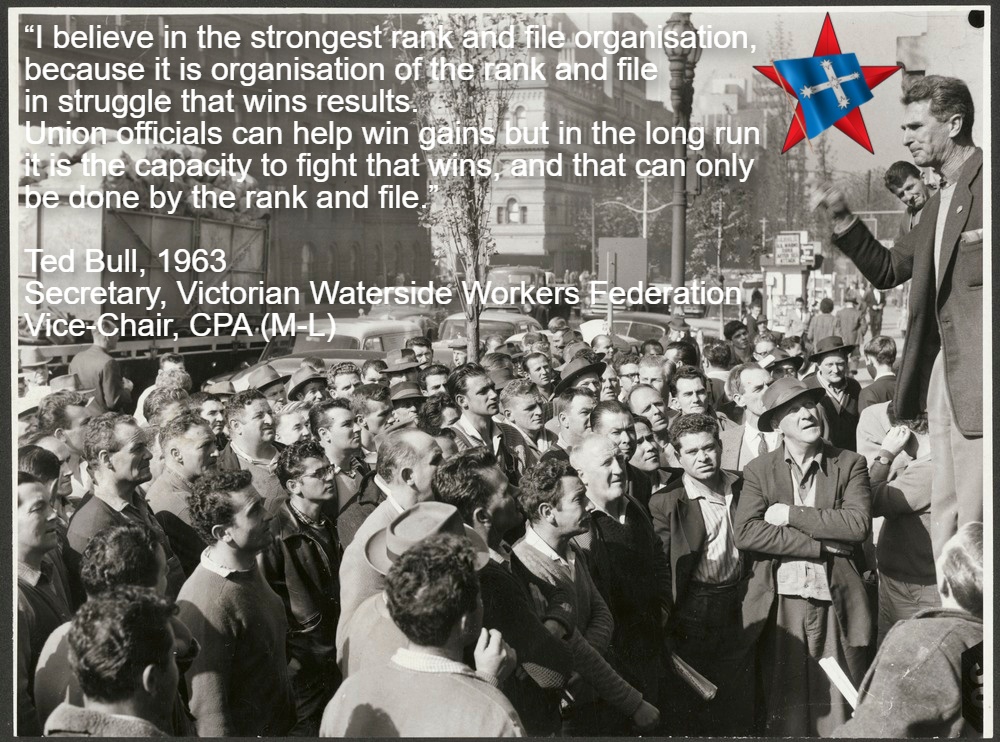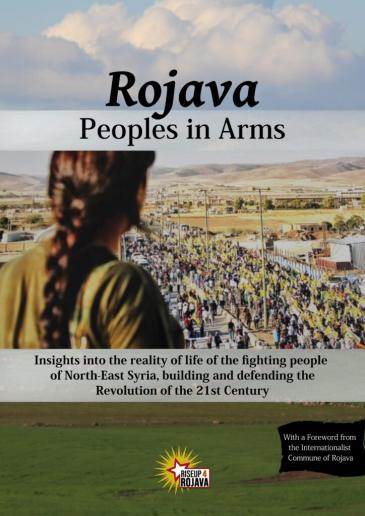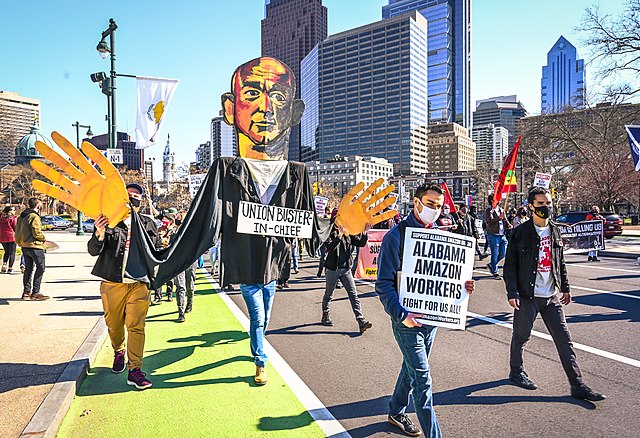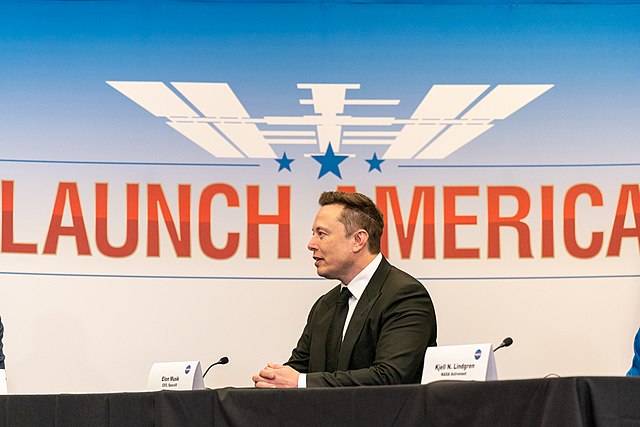Written by: Louisa L. on 24 July 2024
State and federal governments, courts, cops, media, the ALP and ACTU are backing some of the world’s biggest developers, banks and finance corporations against the CFMEU and its members.
Right now, building workers say, “It’s an attack on us, our wages, our conditions, our right to organise.”
It’s an attack on the whole working class.
It comes after multiple deregistrations and royal commissions against the old Builders Labourers Federation and its CFMEU offspring first led by the CPA(ML)’s incorruptible comrade John Cummins. Next, workers crushed the 14-year Australian Building and Construction Commission’s attempt to destroy the union by outlawing basic democratic rights for construction workers and their representatives.
Eyewatering profits
At stake are eyewatering profits to be made from the surplus value created by construction workers. While developers take the least risk and the most money, building companies and subcontractors are squeezed.
net worth of Meriton’s owner Highrise Harry Triguboff is $23.8 billion. Goodman Group, worth $59.24 billion, is number one of the top ten multi-billion dollar developers on Australia’s stock exchange.
BlackRock, the biggest US investment firm is one of the biggest security holders in eight of these top developers. Its CEO and founder Harry Finke has $US8.7 TRILLION in assets. The second biggest US investment firm, The Vanguard Group with $US8.6 trillion assets under management, is one of the top five investors in every single one of the Australian Top 10 listed developers.
Where does such obscene wealth come from? Plundering nature and exploiting workers’ labour power.
One rule for bosses, another for workers
In the huge MUA-led 1998 waterfront dispute, images of guard dogs and shipyard owner enforcers in balaclavas outraged journalists and public alike.
Hundreds of thousands joined solidarity actions.
This time, journalists join the corporate attack, labelling industrial tactics protecting safety in a notoriously dangerous industry ‘criminal’. The best wages and conditions in the country? Also ‘criminal’.
These journalists have been key in exposing big end and government corruption, like Scott Morrison’s Robodebt that illegally sent debt notices to 443,000 of Australians most vulnerable people, stealing $1.8 billion! No-one charged!
Or investigating PwC, which designed the Federal Government’s response to minimise tax avoidance and then told corporate clients how to get round them. No one charged! Or KPMG that sent fake invoices to the Defence Department, and was then awarded $70 million contracts in one week! Government contracts despite insider information. No one charged!
They never mention the good
For decades governments have allowed construction companies to shift money to new companies, and declare the old ones broke – without paying workers entitlements or subcontractors’ bills, then start again with a new company. Zero action for decades!
CFMEU EBAs ensure leave entitlements are paid monthly into industry redundancy trusts and superannuation into industry fund CBUS and, so workers aren’t robbed. Where’s the praise?
As a worker told us, “They never mention all the good the union does.” That good is beyond the seven percent yearly pay rise, double time for all overtime, site, travel and other allowances. It’s beyond the battles that forced governments to outlaw deadly engineered stone, or the NSW mass stopworks after 18-year-old Christopher Cassaniti was crushed to death.
What about the union’s extensive mental health and suicide prevention work in an industry where excessive hours undermine health? What about its drug and alcohol programs, including residential ones for members and families at Sydney’s Foundation House, and places like it, interstate?
In the 1950s and early 60s, the Builders Labourers Federation activists overthrew gangster control of the union and industry.
Living with dignity
Governments, and giant corporations, have been giving contracts to gangsters for decade. Bribes could be paid and received, but it’s impossible for any CFMEU money to be syphoned to them.
Nationally difficulties arose when the CFMEU made systematic moves into the government run infrastructure sector. An experienced NSW delegate told us, “You can’t pick up a brick or shovel in the civil sector without confronting gangsters and bikies.” Where was the fury while the right-wing ALP Australian Workers Union was covering it all for lousy conditions and pay?
Today construction is the only industry where former prisoners can work and create a new path to controlling their own lives with dignity.
Meanwhile First Peoples, the mentally ill, homeless, those whom an education system divided by wealth has failed, the poor and those who were physically or sexually abused as children are jailed at alarming and escalating rates. In every state, children can be sent to youth prison at 10 years old. But the cabal of super rich and privileged targets an industry and union that might give them a second chance. What’s the real crime here?
The CFMEU works in this whole corrupt system, but unlike the old BLF, never challenged its right to exist. It’s time to build organisation to challenge that system.
Workers should be able to run their own organisations, democratically and fairly.
The CFMEU is one of Australia’s last unions prepared to take unprotected industrial action. If it goes under, it will undermine rising struggles among workers, when membership is at rock bottom and most workers have their backs to the wall. We call for solidarity.

